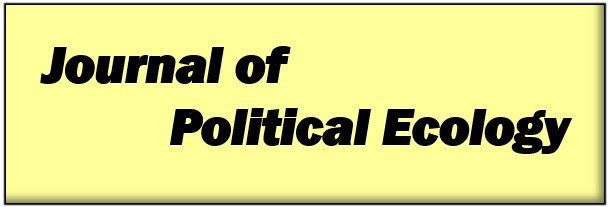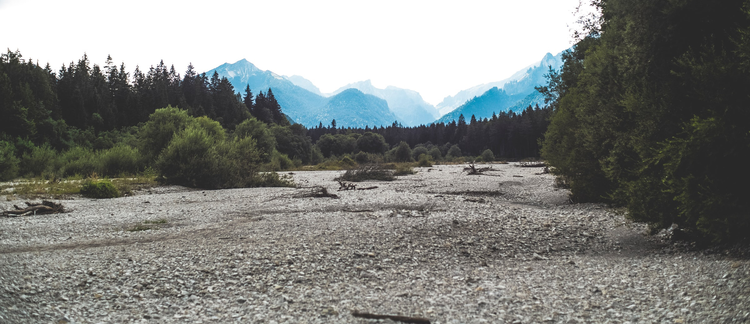Abstract
Prehispanic South American pastoralism has a long and rich, though often understudied, trajectory. In this paper, we analyze the transition from a generalized to a specialized pastoralism at two geographical locations in the Andes: Antofagasta de la Sierra, Southern Argentina Puna, and the Ancash Highlands, Peruvian North-central Puna. Although at opposite ends of the Andes this herding specialization commences during the same moment in time, A.D. 600-1,000, suggesting that a similar process was at work in both areas. Moreover, this was a process that was irrevocably tied to the coeval development of specialized highland agriculture. From a perspective of political ecology and structuration theory we emphasis the time-depth and importance that Andean pastoralism had in shaping highland landscapes. Taking into consideration risk-management theory, ecology and environment as crucial factors in the development of a specialized pastoralism we nevertheless emphasis the importance of the underlying human decisions that drove this process. Based broadly within the field of political ecology we therefore emphasize how human agency and structure impacted on these landscapes, society and animal husbandry. Our article covers such aspects as the human and animal use of resource areas, settlement location, herding patterns, selective breeding, and human-induced alterations to pasturage.
Keywords: Andes, pastoralism, political ecology, Southern Andes, Central Andes
How to Cite:
Grant, J. & Lane, K., (2018) “The political ecology of late South American pastoralism: an Andean perspective A.D. 1,000-1,615”, Journal of Political Ecology 25(1), 446-469. doi: https://doi.org/10.2458/v25i1.23071
Downloads:
Download PDF
View PDF
2037 Views
498 Downloads

